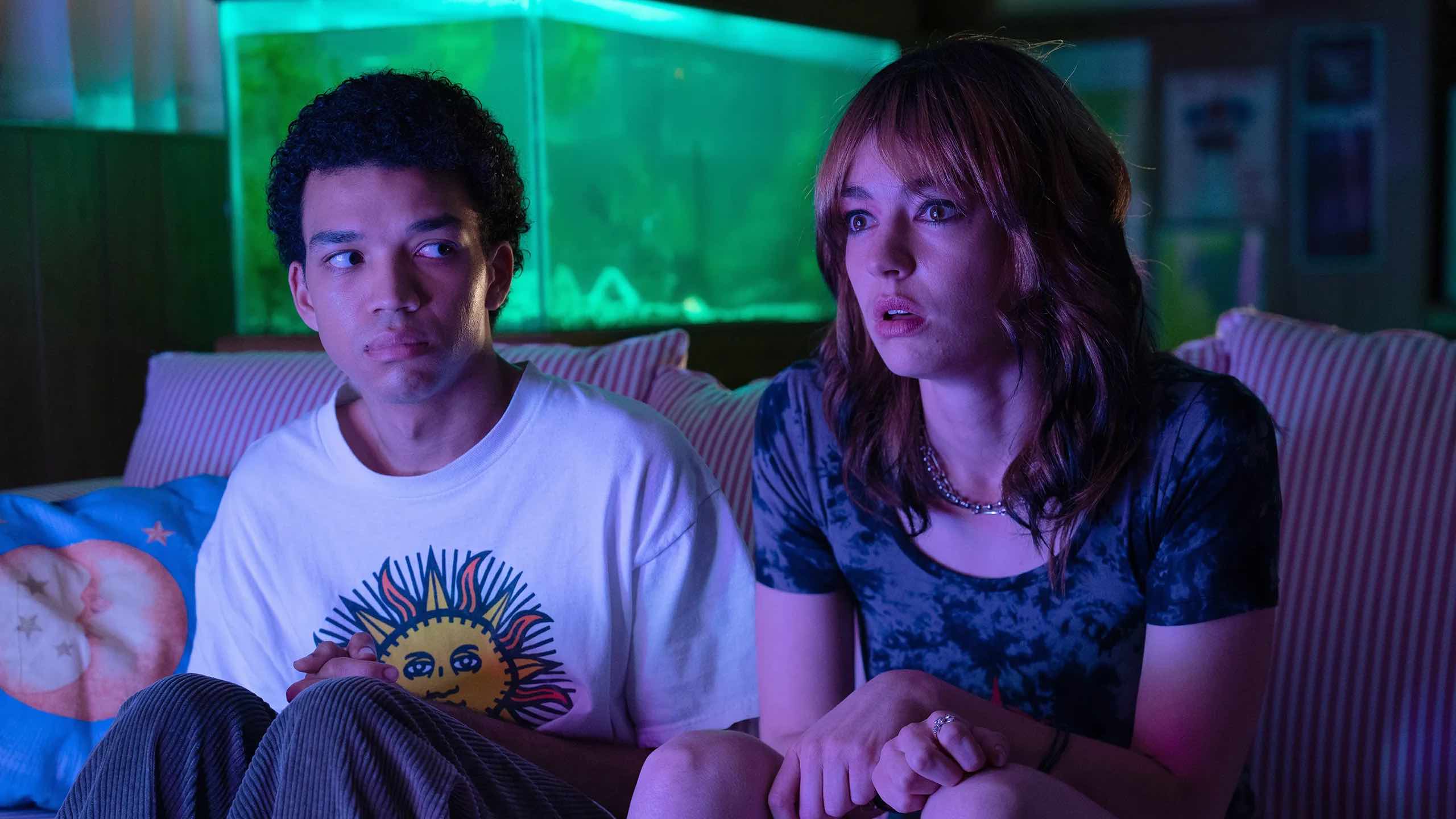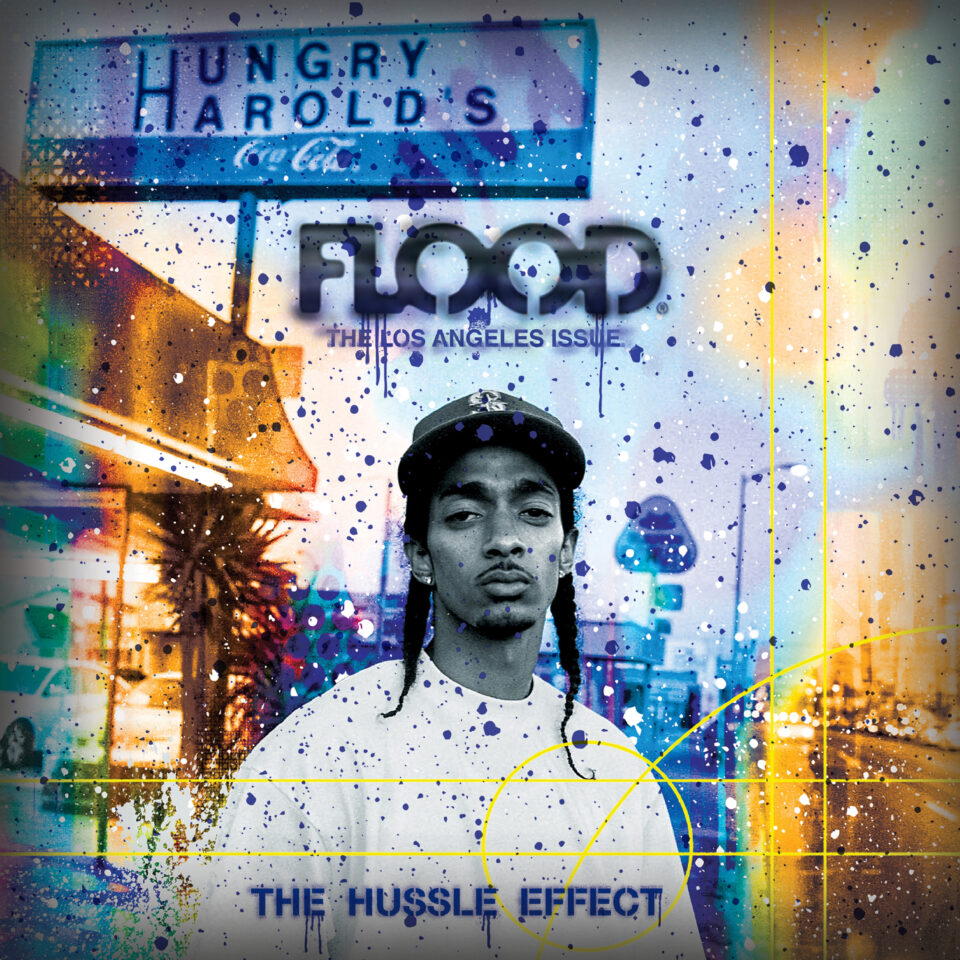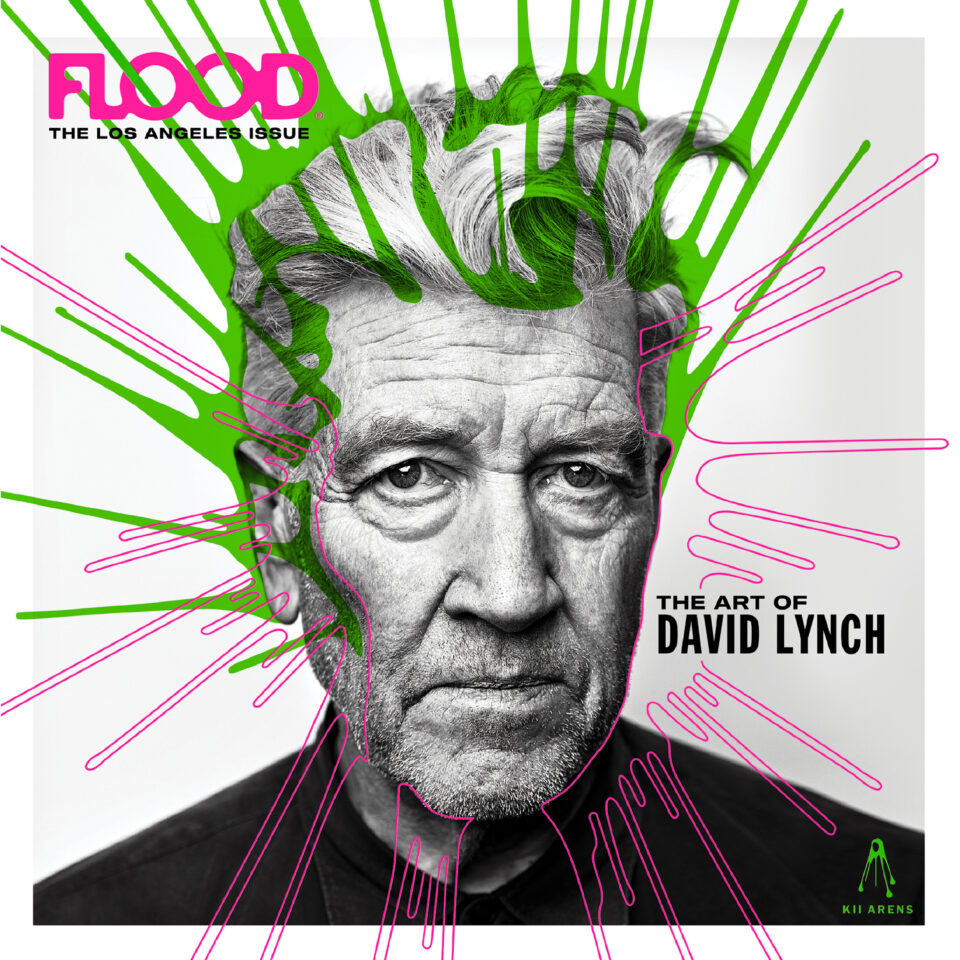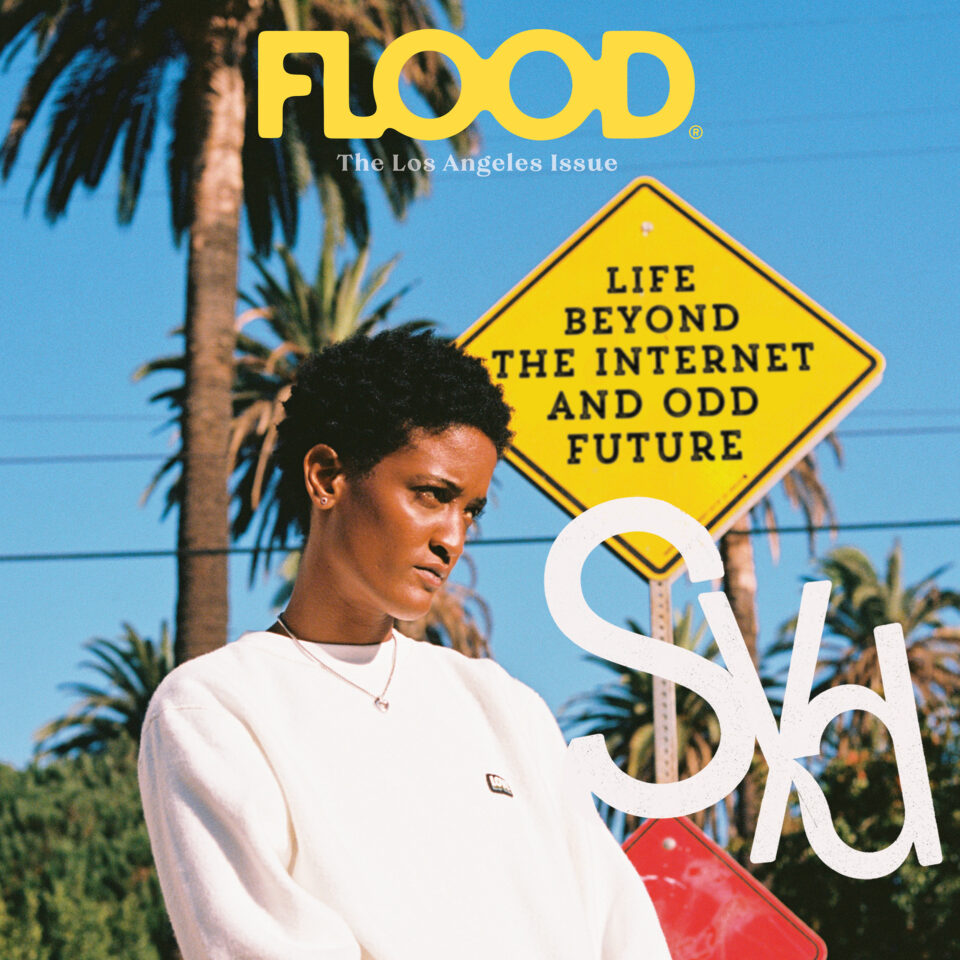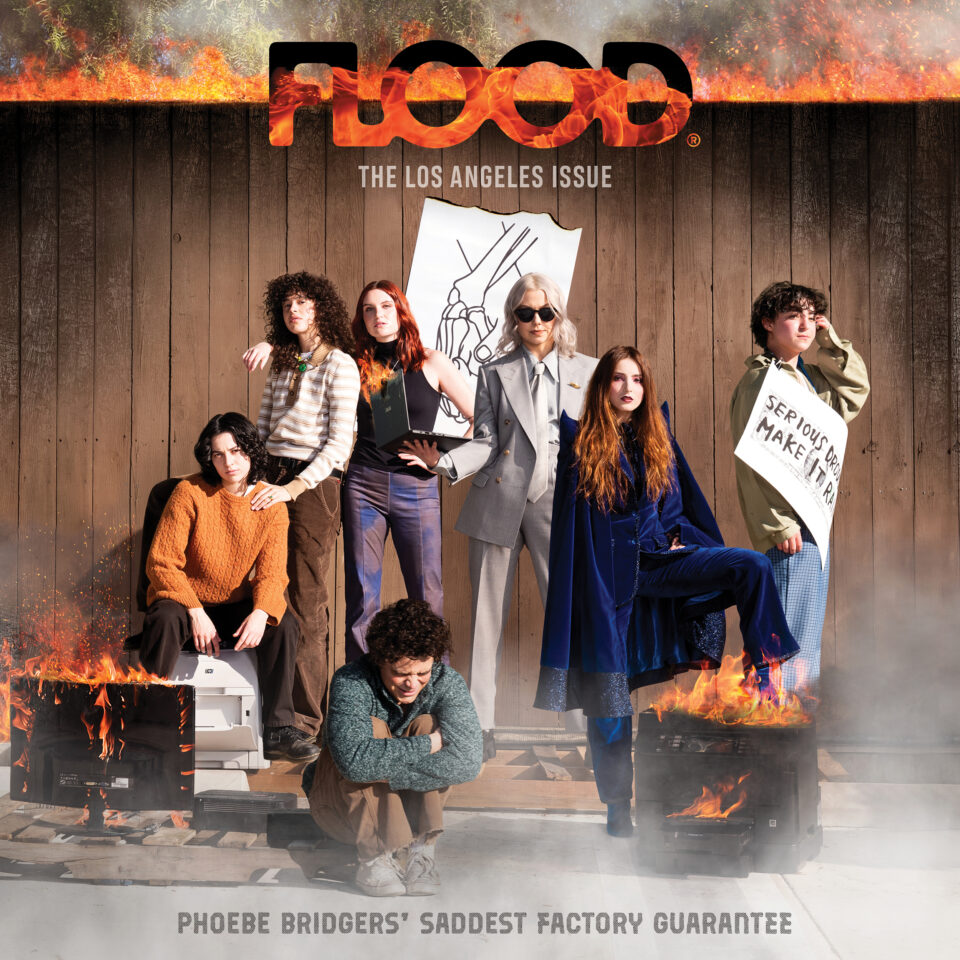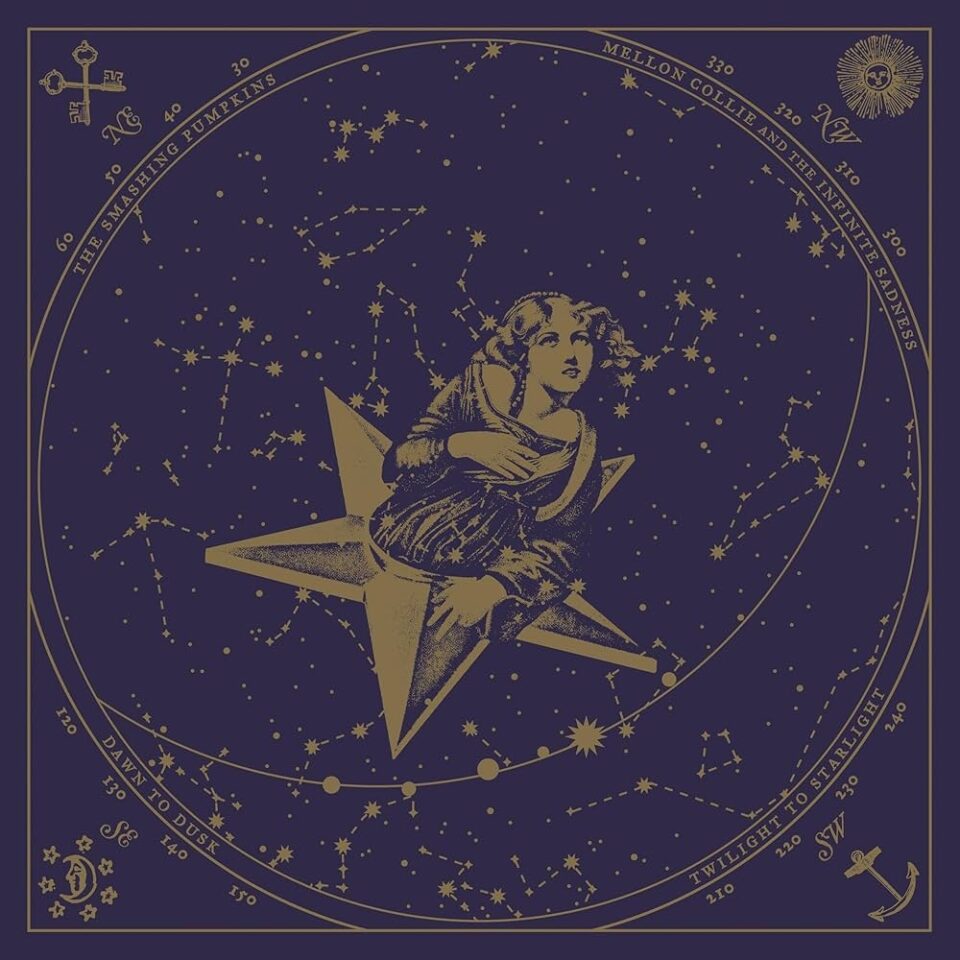Fandom is at an interesting impasse. What was once charming and largely inoffensive has quickly turned exhausting and all-encompassing. Yet despite its worst players, there’s something to be said about fandom in its purest form, that burning instinct to dissolve into a world separate from our own, to let what we love define us, and to wrestle back a sense of control from an unyielding universe. If you’re reading this, it’s likely that you’ve done this to some degree at some point in your life. So, it seems, has Jane Schoenbrun, writer and director of A24’s latest buzzy feature I Saw the TV Glow and a storyteller who embraces every side of fandom—from the illicit to the obsessive to the rapturous.
The world of their latest feature is as murky and ambiguous as they come, but if one thing becomes clear by its conclusion it’s that Schoenbrun has successfully created their own portal through which many of us will gladly walk, leading to a new kind of fandom all its own. Schoenbrun seems to know innately that the best kind of obsessions are always tinged with a bit of illicit danger. This was one of the central themes of their first feature, We’re All Going to the World’s Fair, a film that seemed to worm its way into the subconscious with surprising ease. Limited by budget, Schoenbrun was able to explore the blurry liminal space between make-believe and real life through the vessel of its titular fictional viral challenge. We’re never sure whether it’s a lark or a genuine turn toward reality-distorting obsession—and that’s largely the point, Schoenbrun proving themselves adept at exploring the kind of slippery slope obsessions present.
In I Saw the TV Glow, the computer screen heavily featured in World’s Fair expands significantly, becoming indistinguishable from the larger world. In the film, a pair of lonely obsessives (Justice Smith’s Owen and Brigette Lundy-Paine’s Maddy) are largely unambiguous about their desire to escape their reality, this time into the world of The Pink Opaque, a fictional ’90s low-budget horror show that strikes a balance between Buffy and Are You Afraid of the Dark? Maddy is the guide, Owen the novice, their friendship very much defined by their mutual appreciation of the series, their identity beyond this obsession as hazy as the edges of the 14-inch television they huddle around to watch it. It’s a movie that benefits little from a pithy retelling, the plot a series of footholds that begin to disappear as soon as they’re reached. Like a blend between classic high school psycho-horror Donnie Darko and the existential minefield Beau Is Afraid, I Saw the TV Glow is all about mood. Its redeeming qualities are its most frustrating and vice-versa.
Like a blend between classic high school psycho-horror Donnie Darko and the existential minefield Beau Is Afraid, I Saw the TV Glow is all about mood.
What can’t be denied is the level of care given to every detail of the film. Though its subjects funnel their obsessive, escapist tendencies into television, it’s clear that Schoenbrun is someone who draws from all forms of artistic expression in an effort to capture the elusive truth at the film’s center. Which brings us to I Saw the TV Glow’s incredible soundtrack. Depending on your own obsessions, it may be the first thing you heard about the film. The trailer itself, aside from being vague yet wonderfully evocative, is proud to show off the mesmerizing cover of Broken Social Scene’s much-memed “Anthems for a Seventeen Year-Old Girl” performed by yeule. Schoenbrun has said they wanted the soundtrack to sound like some long-forgotten ’90s mixtape, and in this they succeed. It’s a powerhouse list of artists complementing Alex G’s score that reads like a perfectly curated mid-tier music festival I’d pay upward of hundreds of dollars to attend.
Yet this is far from some well-planned promotional tie-in. Just as much as late-night Nickelodeon plays an important role in I Saw the TV Glow, so, too, does music—albeit in more subtle ways. After all, what other movie brings together Fred Durst, Snail Mail’s Lindsey Jordan, and Mellon Collie and the Infinite Sadness? “Music was such a formative part of my teenage years and remains such a formative part of my life,” said Schoenbrun on Indiewire’s Filmmaker Toolkit podcast. It’s why they took such an uncommon approach to the soundtrack, often working with the artists directly to shape what are, for the most part, wholly original songs. It was prompts like “electricity” and “Teenage Fanclub hit” that led to recordings like L’Rain’s slow-burning “Green” and Jay Som’s radio-ready “If I Could.” Given I Saw the TV Glow’s subject matter, it was important for Schoenbrun to include queer and trans artists throughout the record, capturing the moment in queer music they see sweeping the indie scene. Schoenbrun does just that with a series of songs that, while not specifically referencing moments within the film, are able to grab hold of the many moods flowing through Owen and Maddy’s story.
“It was just one of those magical occurrences where it felt like something I was just meant to be a part of.” — King Woman’s Kris Esfandiari
That said, there are songs that do directly play into the plot of the film. One of the most important moments of I Saw the TV Glow comes when the two friends are reunited and spend the night at the Pink Opaque–themed club Double Lunch. When they first walk in, Schoenbrun lingers not on the characters but on the stage, which finds Phoebe Bridgers and Sloppy Jane’s Haley Dahl performing the kind of romantic, sumptuous ode to haunted suburbia you might expect. Later in that same sequence, we get a much different type of performance from Kris Esfandiari of King Woman with her pummeling “Psychic Wound.” Between the two songs, we begin to see a very different version of Maddy emerge, her brimming spirit and catharsis in stark contrast to the sullen void of Owen’s painful repression, each represented within the performances Schoenbrun chooses for these moments. “It was just one of those magical occurrences where it felt like something I was just meant to be a part of,” Esfandiari tells me of her feelings after reading the script and talking to Schoenbrun about writing a song for the movie. “It felt like a very important, magical thing was happening.”
“The thing that really got me on board was Jane’s philosophy and approach to what the film is about, which felt really important... The script just made me feel so much from my own childhood.” — Florist’s Emily Sprague
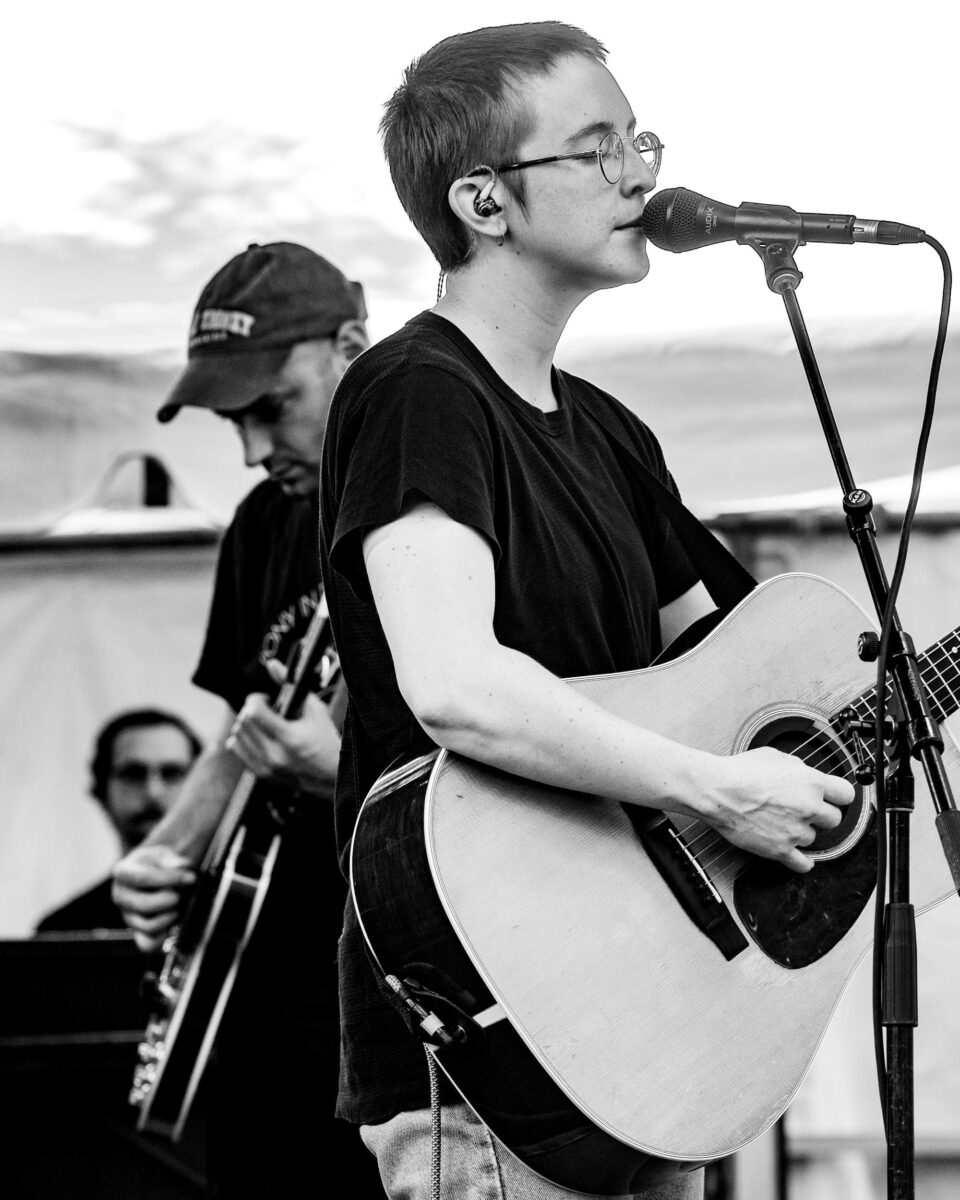
Later in the film, we get yet another perfect needle drop from indie-folk dream weavers Florist. “Stop dreaming, what’s your weakness?” asks singer Emily Sprague in the song’s first moments, opening up a can of worms for both Owen and the audience. “I think the thing that really got me on board was Jane’s philosophy and approach to what the film is about, which felt really important,” Sprague shares of the experience. “I had no idea where [our song] was going to be used. For me, the script just made me feel so much from my own childhood.” In truth, the song comes at the perfect spot in the film, just when things have taken a turn toward their despondent, inevitable destination. By now, things have solidified themselves for Owen, the lonely, tempered life curdling in a succession of moments as upsetting as they are mundane. Nothing specific about the dim flicker of his ambition is ever made plain, but as Sprague puts so plainly with the song's chorus (“It’s the end of the world, and we’re driving around”), it’s been decidedly extinguished, this time forever.
This, more than any other moment, is representative of the rare harmony you can get when a filmmaker takes every aspect of their film into account. Within the world of I Saw the TV Glow, obsession is presented as both a salve and an obstruction, but when directed toward a project as magical as Schoenbrun’s latest creation, it can lead to something truly transcendent. FL

